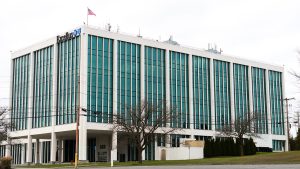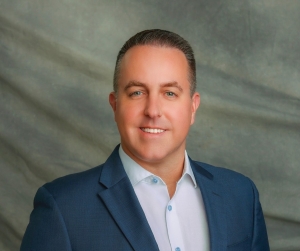The recently passed 2025-2026 budget was the latest in 15 years. One would think the extra time would have yielded better results, but the final product is riddled with flaws as the $254 billion spending plan fails to meaningfully remedy the state’s high taxes and toxic regulatory environment and does little to address public safety […]
Already an Subcriber? Log in
Get Instant Access to This Article
Become a Central New York Business Journal subscriber and get immediate access to all of our subscriber-only content and much more.
- Critical Central New York business news and analysis updated daily.
- Immediate access to all subscriber-only content on our website.
- Get a year's worth of the Print Edition of The Central New York Business Journal.
- Special Feature Publications such as the Book of Lists and Revitalize Greater Binghamton, Mohawk Valley, and Syracuse Magazines
Click here to purchase a paywall bypass link for this article.
The recently passed 2025-2026 budget was the latest in 15 years. One would think the extra time would have yielded better results, but the final product is riddled with flaws as the $254 billion spending plan fails to meaningfully remedy the state’s high taxes and toxic regulatory environment and does little to address public safety and cost-of-living concerns plaguing our state.
The simple truth Democrats refuse to acknowledge is our budgets continue to fail New Yorkers, in part, because the process by which they are created is badly broken.
Crafting a state budget is among the most-important functions of the state legislature. This year, budget negotiations were particularly dysfunctional as the state’s spending plan was passed more than one month late, and we needed 11 separate extenders just to ensure state operations could continue uninterrupted. In the aftermath, legislators on both sides of the aisle have expressed frustration over this years prolonged budget battle. The Assembly Minority Conference has continued to call for a more transparent and effective budget process and have introduced several bills to help address concerns with the flawed system.
Some of our legislative proposals include:
• Prohibiting the Legislature from recessing after the start of the state fiscal year until it has passed a budget (A.2085, Ra);
• Capping state spending to the average rate of inflation of the three previous calendar years and increasing the maximum capacity of the rainy-day fund (A.7530, Barclay);
• Requiring the governor to provide the legislature with enacted budget financial plan estimates no later than one day prior to voting on the aid to localities, state operations or capital projects budget bills (A.3940, Ra);
• Requiring each section of the budget bills to clearly reference an appropriation to ensure budget negotiations are focused on fiscal issues rather than broader policies (A.2255, Ra);
• Creating a lump-sum allocation advisory committee to require greater transparency related to lump-sum appropriations (A.6337, Barclay); and
• Requiring all state agencies and all state and local authorities to submit annual reports to the legislature, including information related to debt (A.2562, Ra).
Reading the summary of these bills, one might wonder how these concepts aren’t already a part of our budget process — asking the state to identify exactly what a line item will fund, keeping spending in line with inflation and ensuring the legislature does its job on time should be no-brainers. Yet, year after year, our budget is cobbled together in a back room with no real sense of urgency, restraint, or respect for public input.
With the disappointing and delayed budget now behind us, I urge my colleagues and the governor to do better during next year’s process. We have a responsibility to protect taxpayer money and ensure everything we collect and spend is done in consideration of the public good. Unfortunately, this year’s budget fails to adequately do either of those things.
William (Will) A. Barclay, 56, Republican, is the New York Assembly minority leader and represents the 120th New York Assembly District, which encompasses all of Oswego County, as well as parts of Jefferson and Cayuga counties.
William (Will) A. Barclay, 56, Republican, is the New York Assembly minority leader and represents the 120th New York Assembly District, which encompasses all of Oswego County, as well as parts of Jefferson and Cayuga counties.



